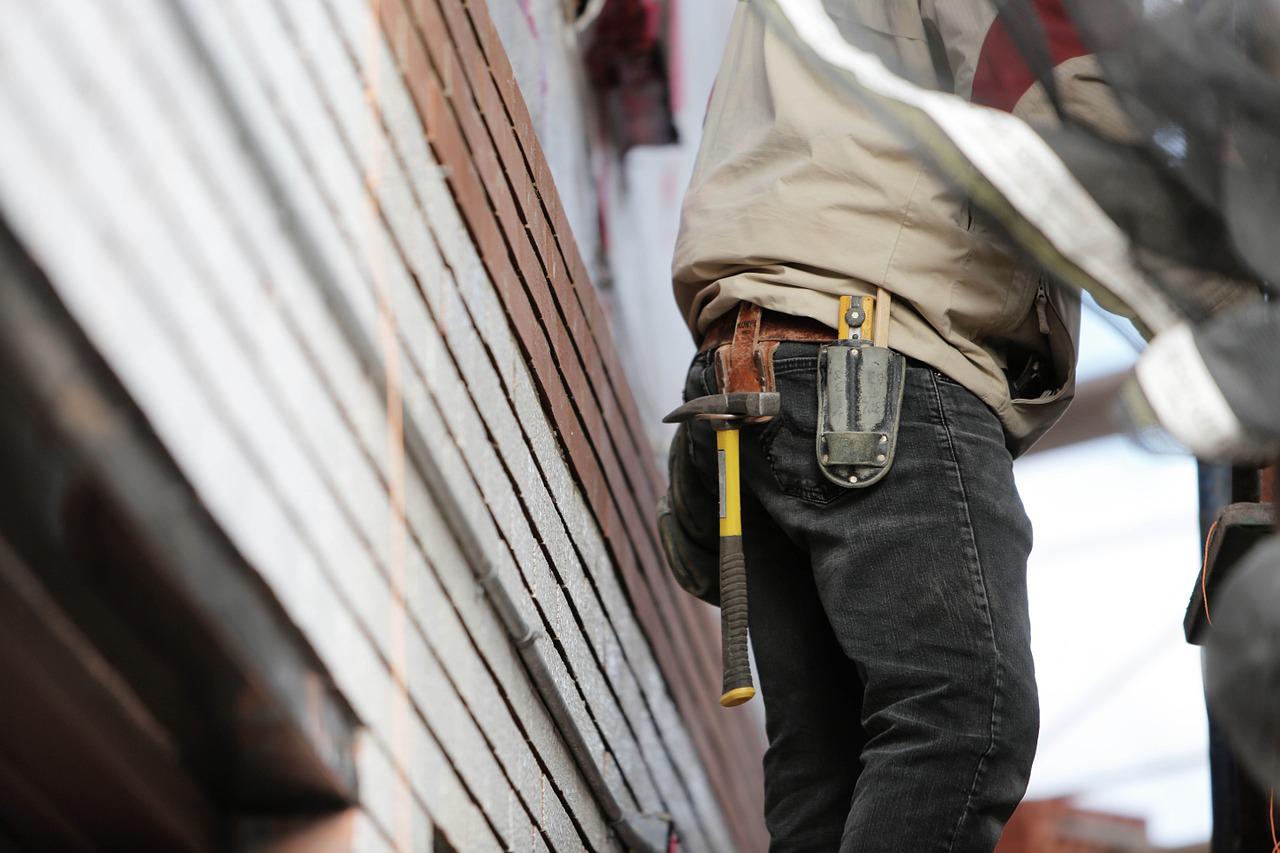Athletes with serious knee injuries could find relief in their recovery process through the prospective use of kangaroo tendon transplants. This groundbreaking technique could offer a renewed sense of mobility and aid in their rehabilitation process.
The Impact of ACL Ruptures on Athletes
Ruptured anterior cruciate ligaments (ACL) are a prevalent injury in soccer and football. This type of injury, which often requires reconstructive surgery and extensive rehabilitation, instills fear in the hearts of athletes. An ACL rupture can result in the premature end of a season or even a career.
In Australia, the majority (90%) of ACL replacements use tendons from the patient’s own body. However, the remaining cases (10%) involve using tendons donated after individuals pass away.
ACL Replacements: Current Practices and Limitations
Moreover, utilizing tendons from other parts of the body prolongs the patient’s pain and rehabilitation period, and the availability of donated tendons is limited. Furthermore, it is worth noting that up to a quarter of all ACL reconstructions fail.
Orthopedic surgeon Dr Nick Hartnell, one of the authors of the study said, “There is a very limited supply of these cadaveric tendons available, and unfortunately the strength tends not to be as good as we would like, leaving the patient with a weaker knee,”
“In addition to this, up to a quarter of all ACL reconstructions fail,” he added. “If that happens, or the person has damaged two ligaments at once, or they are injured a second time, they are running out of options.”
The possibility of utilizing kangaroo tissue for knee reconstruction is steadily progressing, with human trials scheduled to commence in 2024. This significant development brings us closer to making it a reality.







